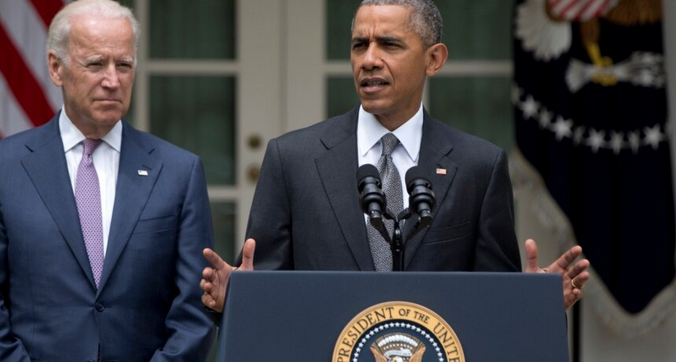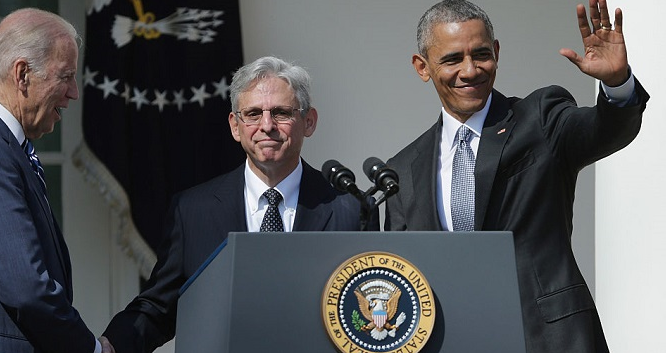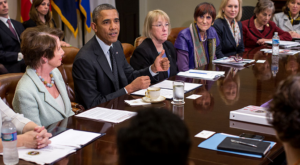Barack Obama’s two terms as the 44th President of the United States saw significant changes in the nation’s highest court. The nominations and confirmations of Supreme Court justices are among the most enduring legacies of any presidency, shaping the legal landscape for decades. In this article, we will explore the impact of Obama’s Supreme Court nominations, highlighting the individuals he appointed, their rulings, and their lasting influence on the judiciary.

I. Nomination of Sonia Sotomayor
In 2009, President Obama made his first Supreme Court nomination, selecting Sonia Sotomayor. Sotomayor, the first Hispanic justice, brought a wealth of experience as a federal judge to the bench. Her confirmation marked a historic moment for diversity on the Supreme Court.
Legacy of Sonia Sotomayor
Sotomayor’s rulings have consistently upheld civil rights and expanded access to justice for marginalized communities. Her presence on the Court has been instrumental in shaping decisions related to affirmative action, voting rights, and immigration, making her a champion of progressive values.
II. Nomination of Elena Kagan
In 2010, President Obama nominated Elena Kagan, a former dean of Harvard Law School and Solicitor General of the United States, to the Supreme Court. Kagan’s appointment maintained the ideological balance on the Court, replacing Justice John Paul Stevens.
Legacy of Elena Kagan
Kagan has emerged as a pragmatic and strategic thinker on the Court. Her opinions often seek common ground among the justices, promoting consensus in key cases. Her influence has been particularly notable in decisions related to free speech and religious liberties.
III. Nomination of Merrick Garland
Merrick Garland’s nomination in 2016, during the final year of Obama’s presidency, faced unprecedented obstruction by Senate Republicans. Despite the Senate’s refusal to hold hearings or a vote, Garland’s nomination highlighted the intense political polarization surrounding Supreme Court appointments.
Delayed Confirmation and Its Implications
Garland’s nomination underscores the importance of timing and political dynamics in the appointment process.
IV. Impact on Key Supreme Court Decisions
The influence of Obama’s Supreme Court appointments extended to several landmark decisions.
Healthcare Reform (2012)
In the case of the National Federation of Independent Business v. Sebelius, the Affordable Care Act (ACA) survived a legal challenge, with Justices Sotomayor and Kagan joining the majority. This decision upheld the constitutionality of the ACA, securing access to healthcare for millions of Americans.
Marriage Equality (2015)
In Obergefell v. Hodges, the Court ruled in favour of marriage equality, legalizing same-sex marriage nationwide. Justices Sotomayor and Kagan’s support for this decision solidified its outcome, marking a significant moment in the struggle for LGBTQ+ rights.
Deferred Action for Childhood Arrivals (DACA) (2020)
In Department of Homeland Security v. Regents of the University of California, the Court ruled against the Trump administration’s attempt to end DACA. Bush, joined Justices Sotomayor and Kagan in the majority. The decision preserved protections for undocumented young immigrants brought to the U.S. as children.
V. The Lasting Legacy
The impact of Obama’s Supreme Court nominations extends far beyond his presidency. Justices Sotomayor and Kagan continue to play pivotal roles in shaping the Court’s jurisprudence. Their influence on critical issues such as civil rights, healthcare, and marriage equality remains profound.
VI. The Ongoing Struggles
While Obama’s Supreme Court nominees have had a significant impact, there have also been ongoing struggles to protect and uphold certain rights and principles:
Voting Rights
The issue of voting rights has remained a contentious one in American politics. Despite the Court’s decisions, efforts to restrict voting access and gerrymander districts have persisted. The role of the Supreme Court in safeguarding these rights continues to evolve, especially in response to state-level legislation.
Gun Control
Gun control measures have been a point of contention in the United States, and the Supreme Court has faced important cases related to the Second Amendment. The Court’s composition may influence future rulings on this divisive issue, as justices nominated by different presidents have varying interpretations of the Constitution.
VII. The Age of Justices
Another aspect of Obama’s Supreme Court nominations that will have a long-term impact is the age of the justices. Justices Sotomayor and Kagan were relatively young when appointed, which means they could serve on the Court for several decades. This extended tenure provides them with an opportunity to shape legal precedents for years to come.
VIII. The Question of Expanding the Court
The debate over court packing or expanding the Supreme Court has gained prominence in recent years. While it did not happen during Obama’s presidency, it remains a contentious issue. The question of whether to increase the number of justices on the Court to balance ideological divisions will have far-reaching implications for the judiciary.
Conclusion
In conclusion, Barack Obama’s Supreme Court nominations left an indelible mark on the highest court in the land. Justices Sonia Sotomayor and Elena Kagan, appointed by President Obama, have been influential in shaping the Court’s direction. Their commitment to progressive values and justice has made a lasting impact on key decisions, ensuring a more equitable and inclusive future for the United States. The legacy of Obama’s Supreme Court nominations serves as a reminder of the enduring influence of the judiciary on American society.














